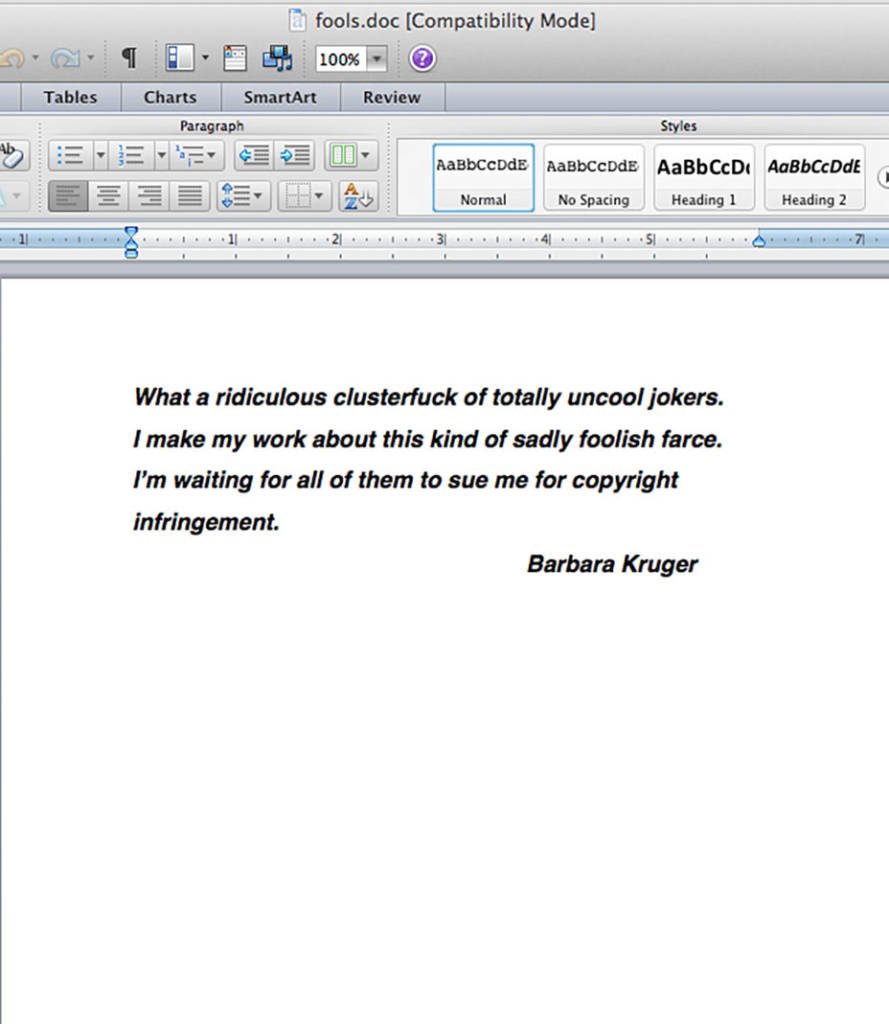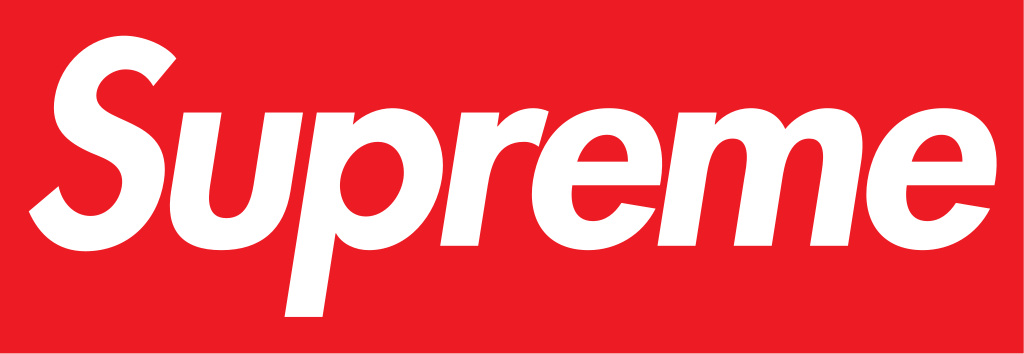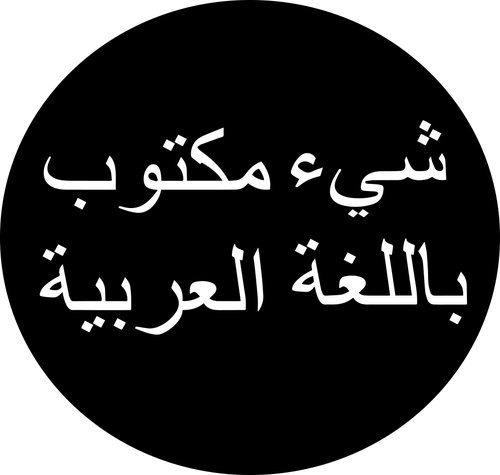This week I really enjoyed looking into a few of the handful of suggested artists, namely Hiba Abdallah and Barbara Kruger
Starting with Kruger, it’s clear right off the bat, even before reading the text, that her message is immediate. That colour pallet of black white and red – the dark and light contrast combined with danger associated with blood red – screams urgency. Her messages are extremely politically charged and visually, the composition of her images resemble propaganda almost. The use of bold text, bold simple shapes, and urgent colour pallet remind me a little of Russian constructivist propaganda. Sometimes the messages aren’t all that far off, in the sense of calling for a mass group of people to organize, like in “Your Body is a Battleground” which was promoting a rally in support of abortion and women’s rights.
I love the “I Shop therefore I Am” as a comment on modern consumer capitalist society. The hand looks so ominous and mindless, reaching out towards us as if we the viewer are about to be consumed. I feel a hint of irony with Kruger’s work, or style I should say, as it relates to the Supreme skate and streetwear clothing brand. Supreme basically copied her white text on red shape design and claimed it as their own, suing other companies who remotely copy it, like streetwear brand Married to the Mob did in 2013. Kruger commented on this in an interview calling Supreme “uncool jokers.” The irony is definitely real comparing “I shop therefore I am” to Supreme, since the billion-dollar streetwear enterprise is entirely based off of fast fashion. Owning the latest product signifies some form of street credit, fitting into the consumers mantra of being what you shop, where the less you buy the lesser you are.
The other artist who’s work I loved looking through and who was not featured on the week 2 blog was Hiba Abdallah. She’s a UofG alumni who specializes in text based work and has done a lot of collaborative work with communities in Toronto to re-imagine public agency. One work of hers that I really love is her “Something written in the Arabic language” logo, which is placed on cards as a print, as well as on t-shirts. Here she uses corporate branding strategies to sell an Arabic logo that literally says: “something written in the Arabic language.” While the message is apolitical, the script and logo design is highly charged and can challenge people who carry so much as a hint of anti-Arab sentiment. To me, wearing one of the shirts feels like a really cool opportunity for some prejudice checks!











